How Automation Drives Efficiency and Cost Savings
In the evolving landscape of procurement, efficiency is no longer a luxury—it’s a necessity. For professionals aiming to streamline operations and maximize output, process automation has become an indispensable tool. By automating routine procurement tasks, organizations can reduce manual labour, minimize errors, and focus on more strategic initiatives. This not only saves time but also improves accuracy, compliance, and supplier relationships.
Why Process Automation Matters in Procurement
Process automation involves the use of technology to perform tasks that would otherwise require human intervention. For procurement, this can include automating order processing, contract management, supplier selection, and payment workflows. The key benefits are clear:
Time Efficiency
Manual tasks, such as data entry and approvals, are time-consuming and prone to error. Automating these functions allows procurement teams to focus on value-added activities like supplier negotiations and strategic sourcing.
Cost Reduction
Automation cuts down on operational costs by reducing the need for labour-intensive tasks and minimizing human errors that could lead to costly mistakes. According to a study by Deloitte, automation can lead to procurement cost savings of up to 40%.
Improved Compliance
Automating procurement workflows ensures that processes follow internal and external compliance regulations consistently. This is especially critical for industries with stringent regulatory requirements, such as healthcare or government procurement.
Key Areas of Automation in Procurement
Purchase Order Creation and Approvals - Automating the creation, submission, and approval of purchase orders can reduce approval bottlenecks and ensure that orders are processed efficiently.
Supplier Management - Automating supplier onboarding and monitoring helps streamline supplier evaluations, track performance metrics, and enforce compliance standards.
Contract Management - Contract automation can help monitor contract expiration, renewal dates, and key performance indicators (KPIs), ensuring that the terms and conditions are adhered to without manual oversight.
Invoice and Payment Processing - Automation of invoice matching and payment approval processes eliminates delays, reduces errors, and speeds up the entire payment cycle.
How to Implement Process Automation in Procurement
For procurement leaders looking to enhance their department’s efficiency, here are actionable steps to implement process automation:
Identify Bottlenecks - Start by reviewing current procurement workflows to identify tasks that are repetitive and time-consuming. These are the tasks best suited for automation.
Select the Right Technology - There are various procurement software solutions available, from end-to-end platforms like SAP Ariba and Coupa to more specialized tools. Choose the software that aligns best with your organization’s needs and integrates with existing systems.
Train Your Team - Automation requires a shift in workflow and mindset. Ensure that your team receives proper training on new systems, enabling them to leverage the full benefits of automation.
Monitor and Optimize - After implementing automation, continuously monitor its effectiveness. Gather data on process completion times, error rates, and overall efficiency, making adjustments where necessary.
Process automation is transforming procurement by eliminating manual tasks, reducing costs, and increasing efficiency. As more organizations adopt this technology, procurement professionals who understand and embrace automation will be well-positioned to drive strategic initiatives and future growth.
#CareerDevelopment #ProcessAutomation #ProcurementEfficiency #StrategicSourcing #SupplyChainInnovation


